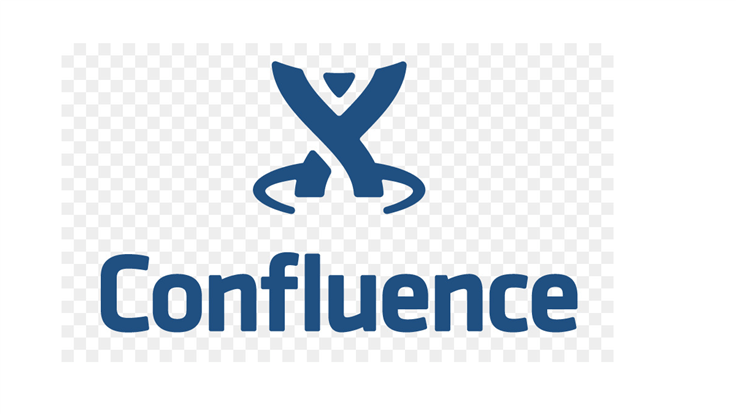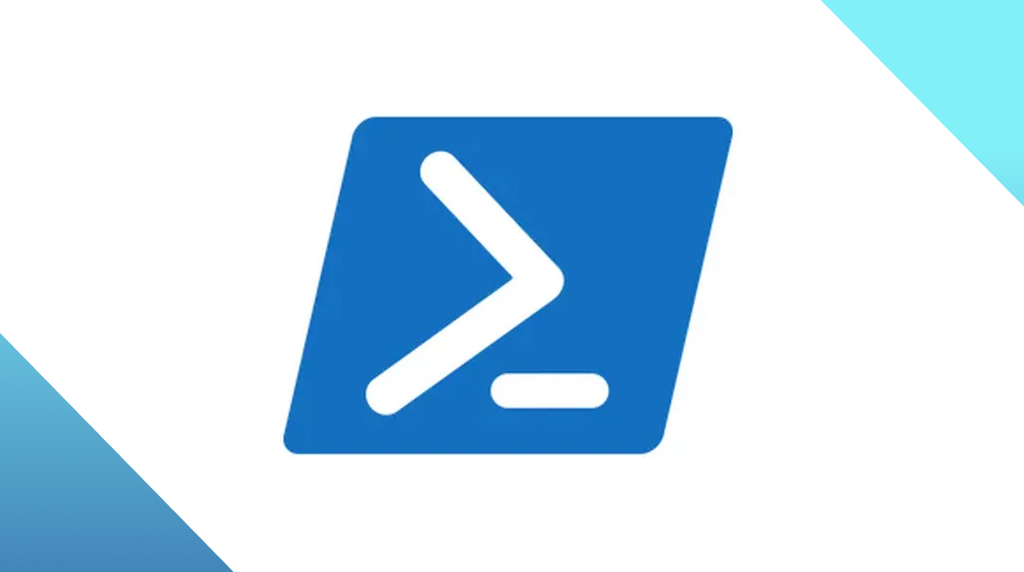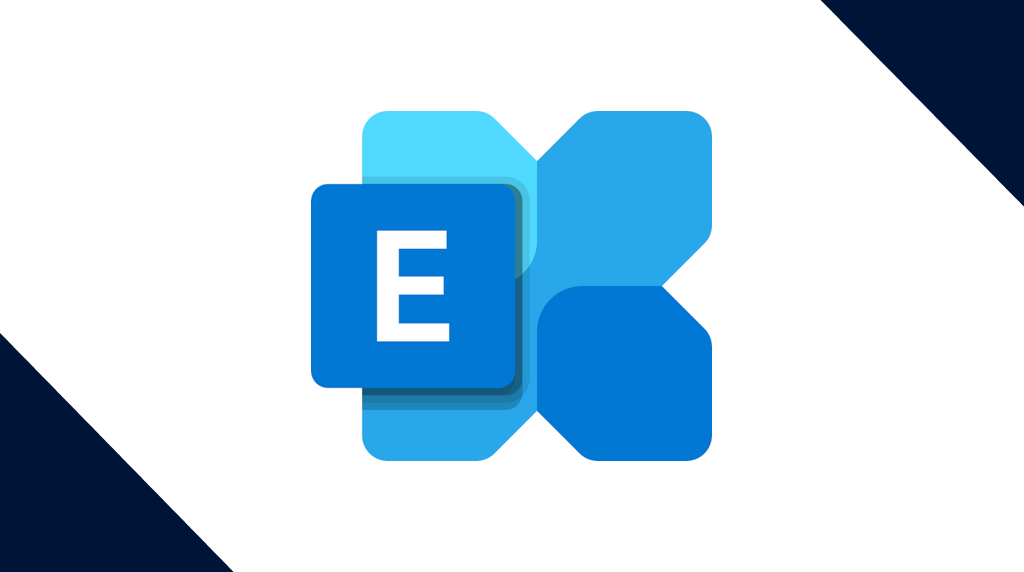
[updated]Unpatched Atlassian Confluence vulnerability is actively exploited
Researchersfound a vulnerability in Atlassian Confluence by conducting an incident response investigation. Atlassian rates the severity level of this vulnerability as critical.
Atlassian has issued a security advisory and is working on a fix for the affected products. This qualifies the vulnerability as an actively exploited in the wild zero-day vulnerability.
Publicly disclosed computer security flaws are listed in the Common Vulnerabilities and Exposures (CVE) database. Its goal is to make it easier to share data across separate vulnerability capabilities (tools, databases, and services). This vulnerability is listed as CVE-2022-26134.
Confluence
Atlassian Confluence is a collaboration tool in wiki style. Confluence is a team collaboration platform that connects teams with the content, knowledge, and their co-workers, which helps them find all the relevant information in one place. Teams use it to work together on projects and share knowledge.
Confluence Server is the on-premises version which is being phased out. Confluence Data Center is the self-managed enterprise edition of Confluence.
The vulnerability
The description of CVE-2022-26134 says it is a critical unauthenticated remote code execution vulnerability in Confluence Server and Confluence Data Center.
During the investigation, the researchers found JSP web shells written to disk. JSP (Jakarta Server Pages or Java Server Pages) is a server-side programming technology that helps software developers create dynamically generated web pages based on HTML, XML, SOAP, or other document types. JSP is similar to PHP and ASP, but uses the Java programming language.
It became clear that the server compromise stemmed from an attacker launching an exploit to achieve remote code execution. The researchers were able to recreate that exploit and identify a zero-day vulnerability impacting fully up-to-date versions of Confluence Server.
After the researchers contacted Atlassian, Atlassian confirmed the vulnerability and subsequently assigned the issue to CVE-2022-26134. It confirmed the vulnerability works on current versions of Confluence Server and Data Center.
The attack
The researchers at Volexity were unwilling to provide any details about the attack method since there is no patch available for this vulnerability. However, they were able to provide some details about the shells that were dropped by exploiting the vulnerability.
A web shell is a a malicious script used by an attacker that allows them to escalate and maintain persistent access on an already compromised web application. (Not every web shell is malicious, but the non-malicious ones are not interesting to us in this context.)
This web shell was identified as the China Chopper web shell. The China Chopper web shell is commonly used by malicious Chinese actors, including advanced persistent threat (APT) groups, to remotely control web servers. The web shell has two parts, the client interface and the small (4 kilobytes in size) receiver host file on the compromised web server. But access logs seemed to indicate that the China Chopper web only served as a means of secondary access.
On further investigation they found bash shells being launched by the Confluence web application process. This stood out because it had spawned a bash process which spawned a Python process that in turn spawned a bash shell. Bash is the default shell for many Linux distros and is short for the GNU Bourne-Again Shell.
Research showed that the web server process as well as the child processes created by the exploit were all running as root (with full privileges) user and group. These types of vulnerabilities are dangerous, as it allows attackers to execute commands and gain full control of a vulnerable system. They can even do this without valid credentials as long as it is possible to make web requests to the Confluence system.
After successfully exploiting the Confluence Server systems, the attacker immediately deployed an in-memory copy of the BEHINDER implant. BEHINDER provides very powerful capabilities to attackers, including memory-only web shells and built-in support for interaction with Meterpreterand Cobalt Strike.
Mitigation
There are currently no fixed versions of Confluence Server and Data Center available. In the interim, users should work with their security team to consider the best course of action. Options to consider include:
- Restricting access to Confluence Server and Data Center instances from the internet.
- Disabling Confluence Server and Data Center instances.
- If you are unable to take the above actions, implementing a WAF (Web Application Firewall) rule which blocks URLs containing ${may reduce your risk.
Note: ${is the first part of a parameter substitution in a shell script
Affected versions
All supported versions of Confluence Server and Data Center are affected. And according to Atlassian it’s likely that allversions of Confluence Server and Data Center are affected, but they are still investigating and have yet to confirm the earliest affected version.
One important exception: if you access your Confluence site via an atlassian.net domain. This means it is hosted by Atlassian and is not vulnerable.
We will keep you posted about the developments, so stay tuned.
Update June 3, 2022
Atlassian has released versions 7.4.17, 7.13.7, 7.14.3, 7.15.2, 7.16.4, 7.17.4 and 7.18.1 which contain a fix for this issue.
What You Need to Do
Atlassian recommends that you upgrade to the latest Long Term Support release. For a full description of the latest version, see the Confluence Server and Data Center Release Notes. You can download the latest version from the download centre.




